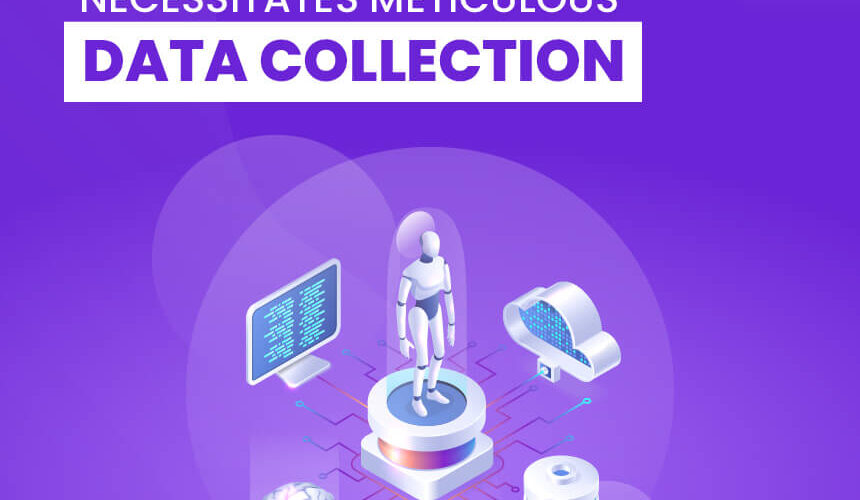Since the mid-twentieth century, when technology changed American manufacturing, economists have been concerned about losing jobs. Now that AI has arrived, business and commerce are on the threshold of perhaps the most significant wave of AI and automation in history, and the questions have become philosophical. What will change in the way work is done daily, and what will be expected of workers in the future?
For one thing, there is currently no consensus among experts on how many jobs AI and automation can or will replace. Even if we ignore the number of jobs lost or gained, it’s evident that employment and labour ideas are more fluid than they’ve ever been. Work isn’t going away anytime soon, but it will continue to evolve at a quick pace, and that evolution will frequently occur at a fundamental level—in these five ways and more.
Top Ways AI And Automation Transform Workforce
Problem solving and innovation replaces busy work
In today’s workforce, most people’s employment is a jumble of duties, and many roles have at least one manual operation that could be automated. AI and automation will be the first to abolish these activities, whether it’s clumsy spreadsheets or repetitive manual barcode scanning. Because the more monotonous labour will be automated, employees will be more likely to take on tasks that need more problem-solving and creativity.
Cashier jobs are generally changing toward customer service and support roles in stores with self-checkouts, while warehouses with automated inventory control might focus more on picking efficiency and accuracy. Manufacturers may now purchase large quantities of bespoke parts, such as electrical enclosures, in only a few minutes, obviating the need for costly and time-consuming steps in the manufacturing process. While this may cause some disturbances in the structure of activities and roles, the result should be a more engaged and creative staff.
High-skill and low-skill jobs in high demand
Great-skill employment in industries like healthcare and engineering are in high demand in the US economy. Simultaneously, many occupations AI and automation for work currently lacks, and these jobs are thriving. For example, the cleaning services business has a promising job forecast for the next decade. The automation of ordinary office duties, on the other hand, may make “middle tier” occupations an increasingly endangered species.
Some economists are concerned that the hollowing out of the middle-skill tier may exacerbate income inequality by allowing the “haves” to grab the high-paying positions at the top while leaving the “have-nots” at the bottom. It’s unclear how the implications for economic disparity will play out, but it clearly emphasises the importance of educational programmes that prepare students for future occupations.
Social aspects of a job become more critical
One of AI’s key barriers is social skills. Researchers have yet to discover a means to automate sympathetic response, social cue-reading, or other subtle yet crucial human interaction skills. In addition, these technological breakthroughs aren’t expected to be solved anytime soon. In the meantime, people skills are becoming increasingly important.
The Bureau of Labor Statistics predicts a significant increase in demand for jobs that deal with people, with substance misuse counsellors, social workers, and psychologists all having a bright future. Furthermore, almost every position now demands some level of cooperation abilities, and employers report that so-called “soft skills” are frequently differentiators in the workplace. So, even as our AIs become more powerful every day, it’s critical to maintain our social skills and humanity.
Precision data gathering and filtering required
One of the most critical lessons researchers have learnt about machine learning and AI is the importance of feeding the algorithms with correct and unbiased data. That’s because AI and automation for work is especially susceptible to the “garbage in, garbage out” problem. If the material an AI learns from isn’t grounded in reality, it’s likely to create worthless or even destructive outcomes.
Because AI is now being used in employment methods, this is a critical issue to address. Incorporating poorly calibrated algorithms into recruiting procedures has already resulted in prejudice against women and people of colour, so any effort to enhance diversity must incorporate practices for proper data collection.
On the other hand, data accuracy is equally crucial for optimising processes and developing comfortable facilities on the operations side. When a company analyses the erroneous data, it might make costly mistakes such as overpaying for features that employees don’t use or failing to recognise when a procedure isn’t working. The infrastructure for data collection is merely the first stage. It has to be gathering the correct information.
Work becomes more dispersed and global occurrence
The Internet is fast changing the physical environment of work, and this trend is set to continue as more jobs can be completed with little more than a computer, a phone, and access to the Internet. Work no longer has to be a physical location; it can just be something you do. And, forgive the pun; the repercussions of dispersed employment will be all over the place.
Conclusion
The rise of the “digital nomad” means that a freelancer can write code for a company in Florida from a beach in Italy, the work-from-home revolution has opened new doors for parents and people with disabilities, and the global nature of the new economy means that teams must frequently collaborate across national and even continental borders. Low barriers to entry allow niche specialties and innovative products to flourish, which opens up exciting new opportunities for small businesses.
The workplace in the twenty-first century is already a roller coaster, but it’s possible—perhaps even likely—that the changes will only accelerate. What is the best piece of advice? Keep your wits about you, prioritize adaptability, and never stop learning and growing. The adjustment will be significant, but it could be beneficial in the long run.
Are you ready to use AI and automation in business? Contact the ONPASSIVE team.
Source link




